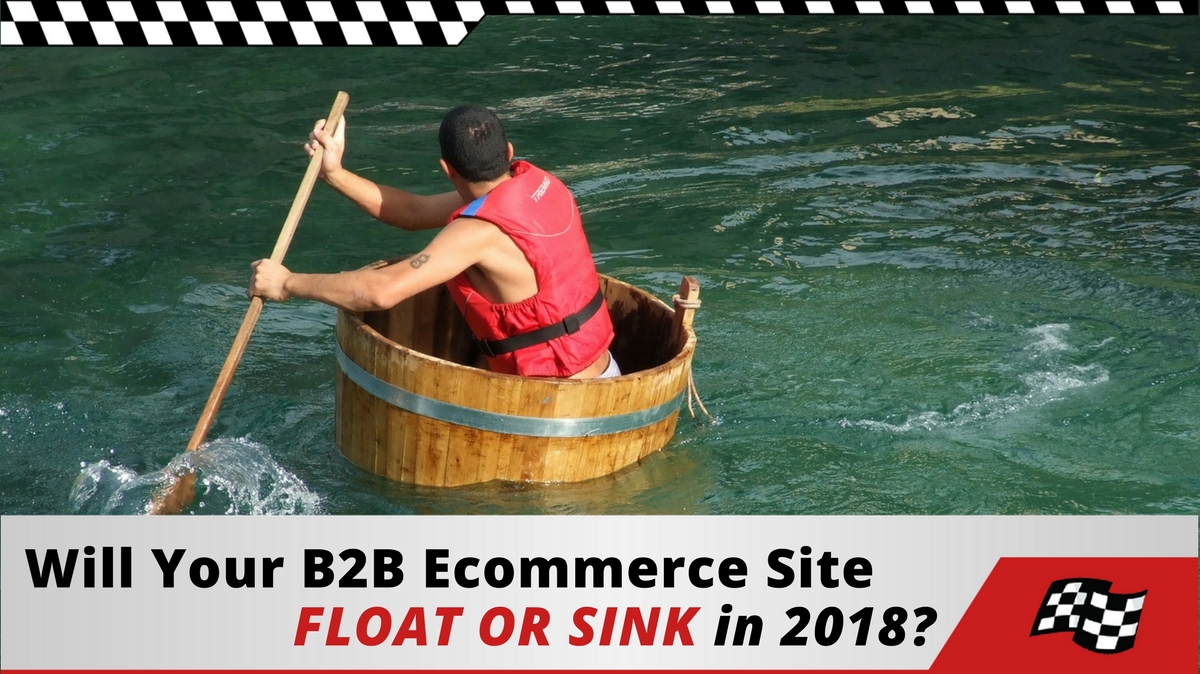
The New Year is now well underway, but it’s not too late to evaluate whether your ecommerce site has what it takes to succeed the rest of 2018, or whether it needs to undergo changes to increase its likelihood of survival.
Especially in the shifting and highly competitive landscape of B2B ecommerce, it’s important to consider improvements in engagement and onboarding so you don’t lose potential customers to the competition.
Fortunately, these 6 factors can help predict whether your B2B ecommerce site will float or sink in 2018:
1. Personalization and Cognitive Commerce
Even if your B2B ecommerce site has some degree of personalization already, it’s worth asking: Is it enough? It’s likely we’ll see a rise in personalization within the user experience as 2018 continues.
What is cognitive commerce? It refers technology in which computers are able to observe customer behavior and then personalize a brand’s interactions with the customer based on those observations. According to IBM, 95% of retail executives plan to invest in cognitive technologies.
Cognitive technologies will help drive an extremely personalized user experience. They will tailor visible products to customer interests, as well as predict future demands for a product, provide recommendations for cross-selling and upselling, help with price optimization, and utilize spending trends to make recommendations and provide discounts. Overall, cognitive technologies look to play a huge role in the future of ecommerce, helping automate a variety of important functions.
As one of the largest B2B ecommerce sites, Office Depot is all-in on cognitive commerce, providing a list of My Recommendations on the sidebar, in addition to providing one-click access to Store Near You, My Orders, and My Recently Viewed. Combining information from these categories, Office Depot can make relevant recommendations, one of many features of cognitive commerce.
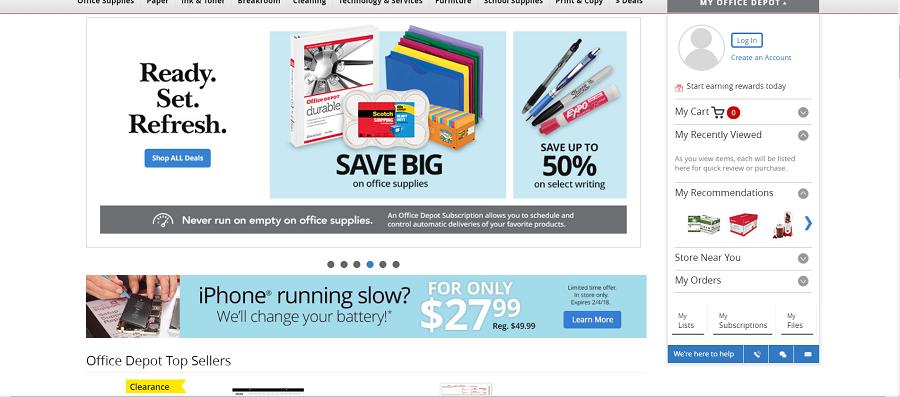
When selling to other businesses, this type of personalization pays off by shortening the purchasing process and making it more seamless for both parties.
2. Multi-Channel Marketing
Ecommerce sites often develop their platform separately from sales automation tools, which include inventory management, enterprise resource planning, and order management. In 2018, you should make sure your B2B ecommerce site is more aligned with these automation tools, which helps B2B sites sync the ordering process across various sales channels. This will strengthen relationships with customers and suppliers alike.
Reaching these various sales channels helps tremendously with multichannel marketing, a must in 2018 when consumers have an abundance of content platforms. Although multichannel marketing campaigns can be more complex than single-channel counterparts, the process is easier with the aid of sales automation tools. If your ecommerce sites lack a viable sales automation tool in 2018, it may very well sink.
3. Effective Database Organization
B2B ecommerce sites often cater to customers who already know what they’re seeking. Although recommendations via personalization and cognitive commerce can help drive even more sales, the ultimate goal of a B2B ecommerce site should be to provide the consumer with what they want while guiding them seamlessly through the sales funnel.
McMaster-Carr does great in providing informative organization of its products database, helping drive its B2B ecommerce site with very specific categories and images for each product. For example, one can navigate from hand tools and browse very specifically, looking at hammers, screwdrivers, wrenches, pliers and many more items.
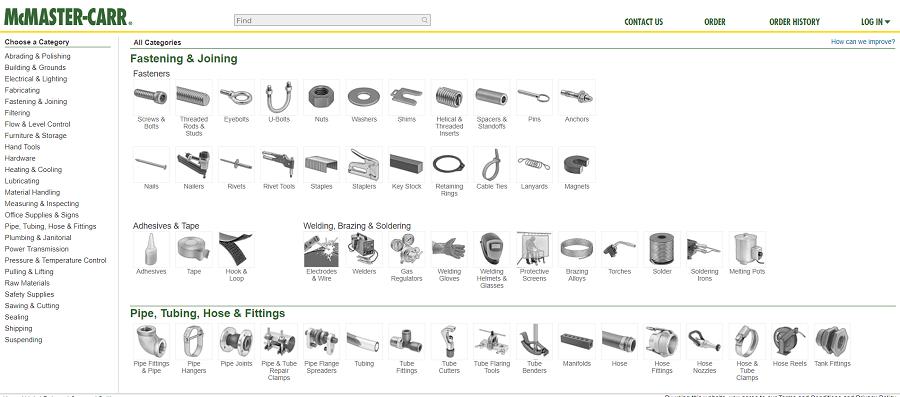
Upon clicking on an item like a wrench, there are over 100 types to sift through, from 12-point wrenches to zero-degree ratchet wrenches. McMaster-Carr’s decision to create specific categories and subcategories helps ease the purchasing process, ultimately making the sales funnel phases easier to navigate. A seamless navigational process for B2B ecommerce sites with thorough product databases is essential.
4. Effective Onboarding
Successful onboarding, the process of familiarizing a new customer or client with your products or services, is pivotal for a successful B2B ecommerce site. Customers realize there is ample competition online, so if a site fails to provide effective familiarization, the customer may move on elsewhere.
Health care products distributor Medline does a great job of onboarding, using a mixture of sleek imagery and concisely effective text on its landing page to convey what its products are, who it serves, and how to help clients manage their supply chain and business solutions. It also offers clinical expertise that reinforces its credibility and knowledge.
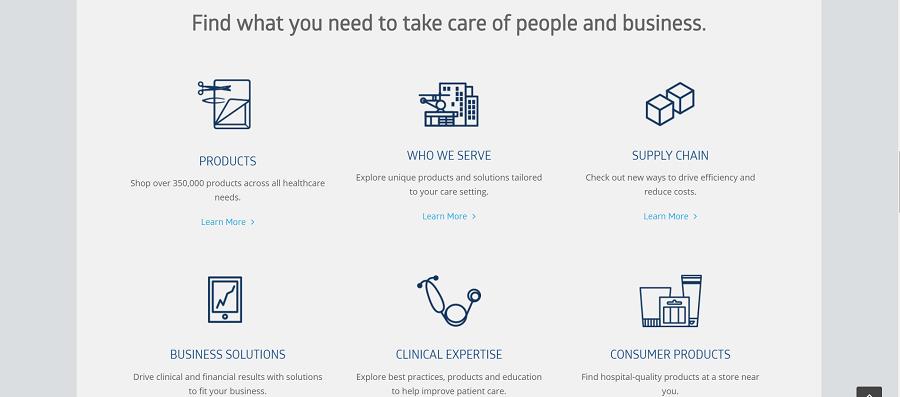
With these six nicely organized categories, first-time visitors have all they need to establish an informative perception of the B2B ecommerce site, increasing the likelihood of them doing business in the future.
5. Project Showcasing
Visitors to your B2B ecommerce site want to know what your products or services may look like upon completion. Depending on your industry, project showcasing can range from numerically driven, analytical case studies to video demonstrations of the products at work.
LAI Video’s portfolio page is a good example. It highlights its diverse projects, which is something other businesses want to see before investing in video creations. With videos ranging in topics from cooking and nutrition to technology and retail, anyone browsing LAI’s portfolio page will feel confident they’re a B2B ecommerce site with a creative and eclectic appeal.
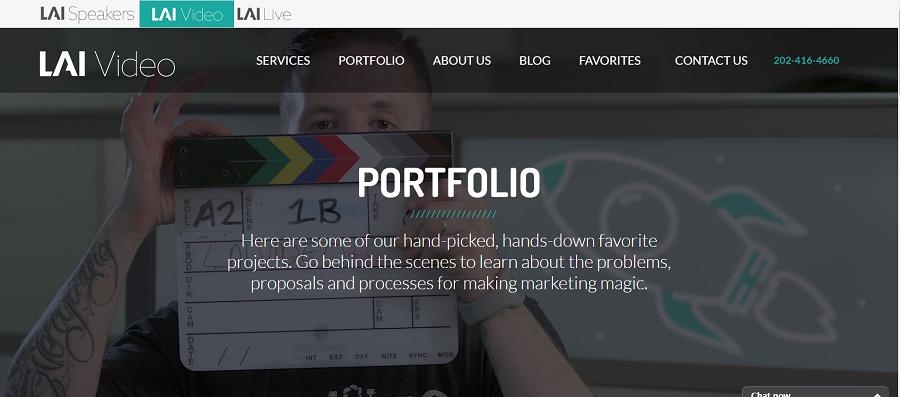
6. Social Media Savvy
A social media presence is vital in 2018, providing an excellent outlet for presenting products and services, while also helping to humanize a B2B ecommerce site. You can host tutorial videos and Q&A sessions on social media, helping to establish your credibility and knowledge within your niche. Additionally, these tutorial videos can help drive leads to your site, if they stumble across it while seeking a tutorial.
Social media is also a great platform for showcasing partnerships with other businesses. Responding and retweeting collaborators helps engage their followers as well.
Succeed in 2018 and Beyond
For your B2B ecommerce site, it’s strongly worth considering these six factors as you evaluate your site’s potential for 2018 and beyond. From personalization and database organization that helps shorten the purchasing process to effective onboarding and multichannel marketing, there are many areas in which B2B ecommerce sites can look to improve in the year ahead.
